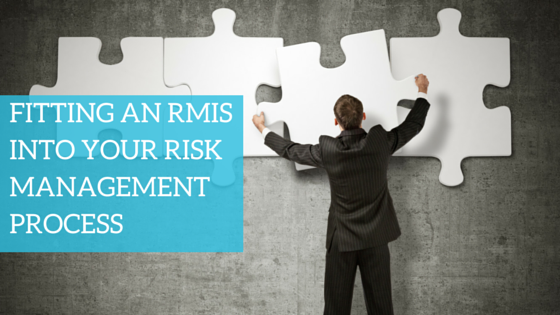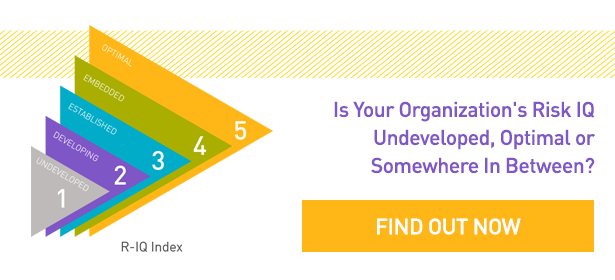
Many companies already have risk management strategies in place. Managers of these companies may wonder how a risk management information system, or RMIS, can help them improve their processes in order to save time, get better results, and of course, reduce the chance of accidents. At the same time, managers may wonder if they will have to change the way that they do business in order to implement new technology.
A good RMIS should not take anything away from the tactics that a company already uses to control risk. Instead, it should help seamlessly integrate these processes into the entire company. The goal should be to improve processes and not to interfere with them. With that in mind, consider these ways that risk management handles business processes and improves them.
1. Reduce Data Errors
Perhaps the greatest benefit of integrated risk management system technology is its ability to improve the quality of data. Users can input information into an intuitive interface that can validate, format, and convert data right at the source. Best of all, these questionnaires and forms can be accessed from a variety of different devices. This helps ensure that data is more timely and more accurate.
2. Streamline Administration
A consolidated source of validated and correctly formatted data can greatly reduce the time it takes to perform all sorts of administrative functions. This includes shortening the time it takes to gather data, produce reports, and audit information. Get more done in less time.
3. RMIS Risk Mitigate
The primary goal of any risk management system should be risk mitigation. Since all risk management information gets entered into a consolidated system, it should improve your ability to spot trends and respond to them. Also, because these systems reduce the administrative burden and improve the quality of data, they give risk managers more time to analyze risks and better data to do it with.
4. Improve Decision Making and Communication
One other major benefit of an RMIS is its ability to help you build all sorts of timely, relevant, and accurate reports for a variety of risk management functions. These can include reports used for commercial insurance submissions, financial decision making, and optimizing risk reduction programs. Reports can get tailored for different audiences, so that the same system can help communicate with the field, third-party vendors, and the executive suite.
Learn How an RMIS Can Upgrade Your Company's Risk Management Process Improvement Tactics
We'd like to invite you to download our free guide, "The Definitive Guide to a Risk Management Information System." You can find this download in our Resource Library with many other free resources. This guide will help you understand the different kinds of companies that employ an RMIS to their advantage, exactly how this technology helps, and if your company might benefit from risk management technology. Besides an overview of benefits, the guide also contains client testimonials, industry research, and hands-on worksheets. Find out now if an RMIS will help your company manage risk.
At Ventiv Technology, we have decades of experience helping hundreds of companies improve their risk management processes.Contact us for a free demo and consultation to learn exactly how our solutions can help you improve your business.














